Your dentist will give you an injection of anesthesia to numb the area where the tooth is to be extracted. Sometimes the dentist might also use a strong general anesthetic; it will make the procedure painless as the paitent is put to sleep with it .
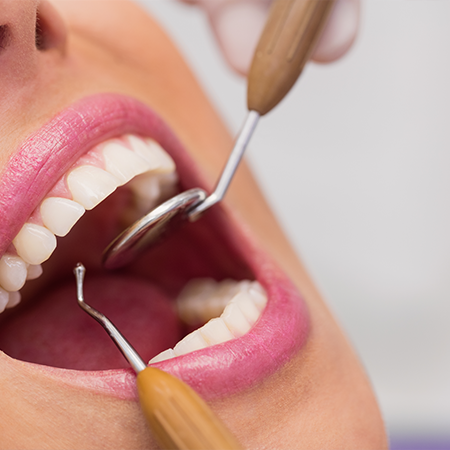
When you discuss the treatment plan with the dentist, they will explain the available options.
Make sure that your dentist knows about your medical history. Also, ask the dentist to give you a pre-treatment estimate so you can be prepared with that amount.
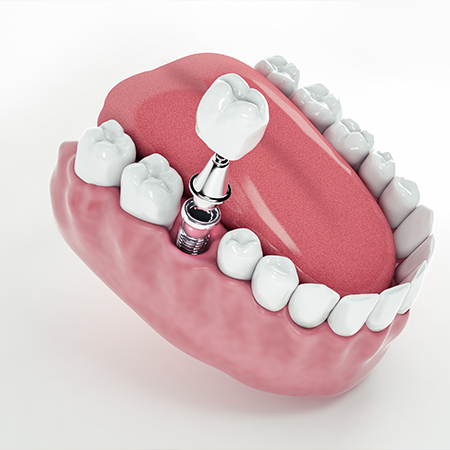
Here are a few conditions under which you should consider tooth extraction in order to reduce the pain.
People often opt for wisdom tooth removal, which is the third set of molars. Most people have a minimum of one impacted molar and there is not enough space for it to grow naturally. In that case, the best option is surgical tooth removal.
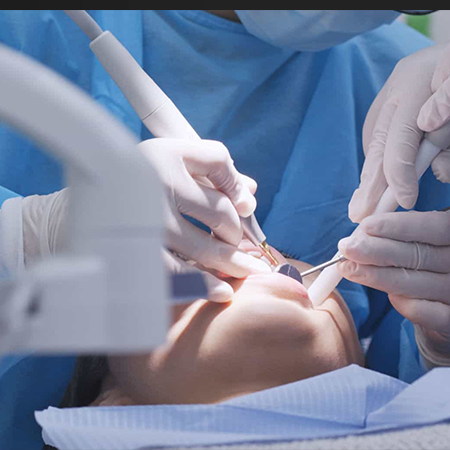
Once you get your wisdom teeth removed, you can ensure they don’t harm the surrounding teeth and bones. You will notice bleeding after the tooth extraction, which is normal. In addition, there will be pinkish-tinted saliva and subtle oozing from your mouth for the first 36 hours.
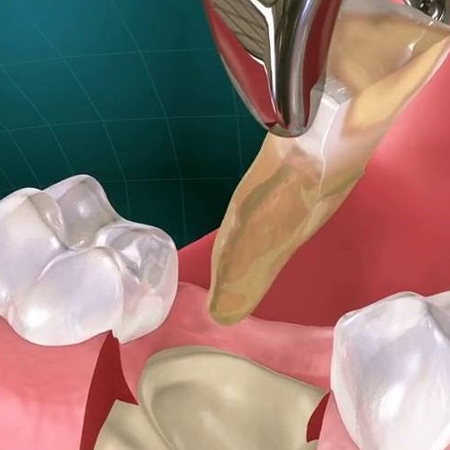
The procedure is complex, so the dentist will sedate you before performing the surgery. They use a dental drill, use pressure on your tooth with an extraction forceps or elevator and remove your tooth. You won't feel any pain but you can expect to feel pressure against the tooth. Some patients have found this experience unpleasant but it will help you alleviate the pain.
A dental implant is an excellent, safe and long-term alternative for someone in good general health who loses a tooth due to trauma, periodontitis, or another infection.
A board-certified specialist in "Smiles by Gentle Dental" places an artificial root called an implant in the jaw to support a replacement tooth or bridge there. Once the procedure is complete, implants behave precisely like natural teeth in terms of feel, appearance and function. When an implant is being inserted, bone grafting may also be required as part of the procedure.
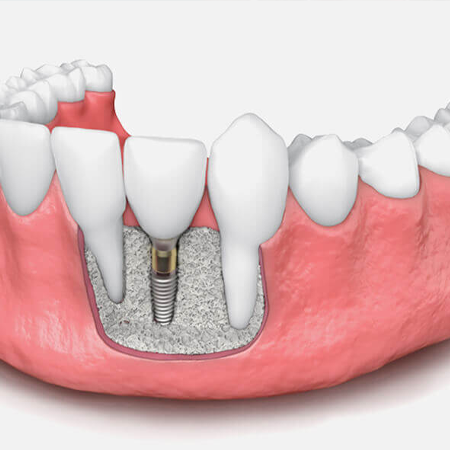
If a patient doesn't have enough strong, healthy natural bones in his/her mouth to support the dental implants, bone grafting may be an option. These factors are frequently to blame for this lack of natural bones:
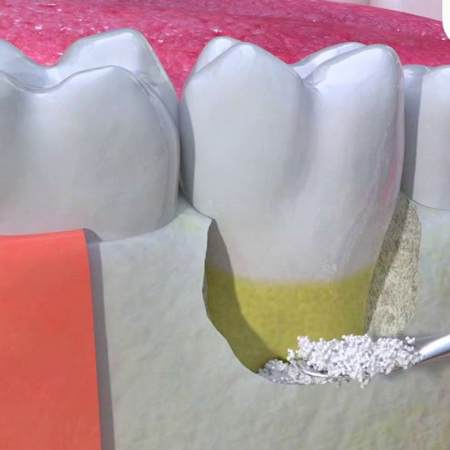
Your teeth's support and retention are the responsibilities of the alveolar bone. Alveolar bone begins to atrophy if teeth are absent for a long time. Remember that for dental implants to function, there must be osseointegration—that is, the implant and bone must unite to form a solid base for the crown.
High-speed dental drill bits and CA chisels are frequently
used in tori surgery. Your "Smiles by Gentle
Dental" professional uses local anesthetics and if
necessary, sedation to ensure you don't feel anything
during the treatment.
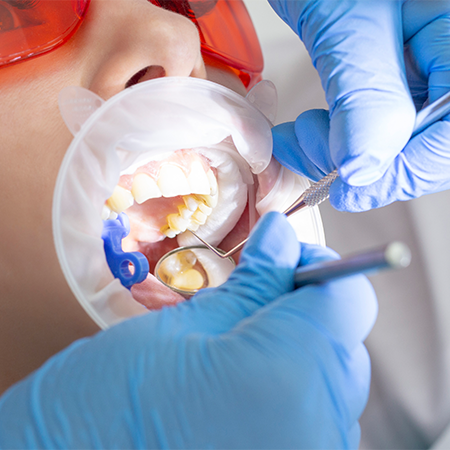
The majority of tori patients have mild cases and
won't need treatment. However, palatinus excision
or mandibular torus surgery may also be necessary
to:
If the purchaser can’t settle, or changes their mind, but doesn’t have legal grounds to cancel the agreement, then the vendor can insist that the agreement remain on foot and claim penalty interest on the unpaid purchase price, withhold the deposit or ask for repayment of the actual loss incurred (based on the current market price of the property).
Dental trauma refers to physical damage to the teeth,
alveolar bone, gums, or soft oral tissues, such as the
tongue and lips. Dental trauma can result from several
different types of injuries, including the ones listed
below:


Superficial fracture only affects the tooth's
enamel, the tough outer layer. Unless the fracture
leaves the tooth with a pointed edge, this is
typically insignificant, even though it is frequently
simple to file down a sharp edge.
A more significant fracture may also be present if
your tooth feels sensitive to touch, heat, or cold.
Because of this, the pulp and dentine, two of the
tooth's more delicate inside regions, were
exposed. As a result, bacterial infections will become
more likely.
A more severe knock may dislodge the tooth, causing it
to dangle loosely from the socket or sink further into
it. Another possibility for the tooth is side
displacement. The delicate blood veins supplying the
pulp are typically injured in cases of tooth
displacement, necessitating a specialized treatment
for the tooth.